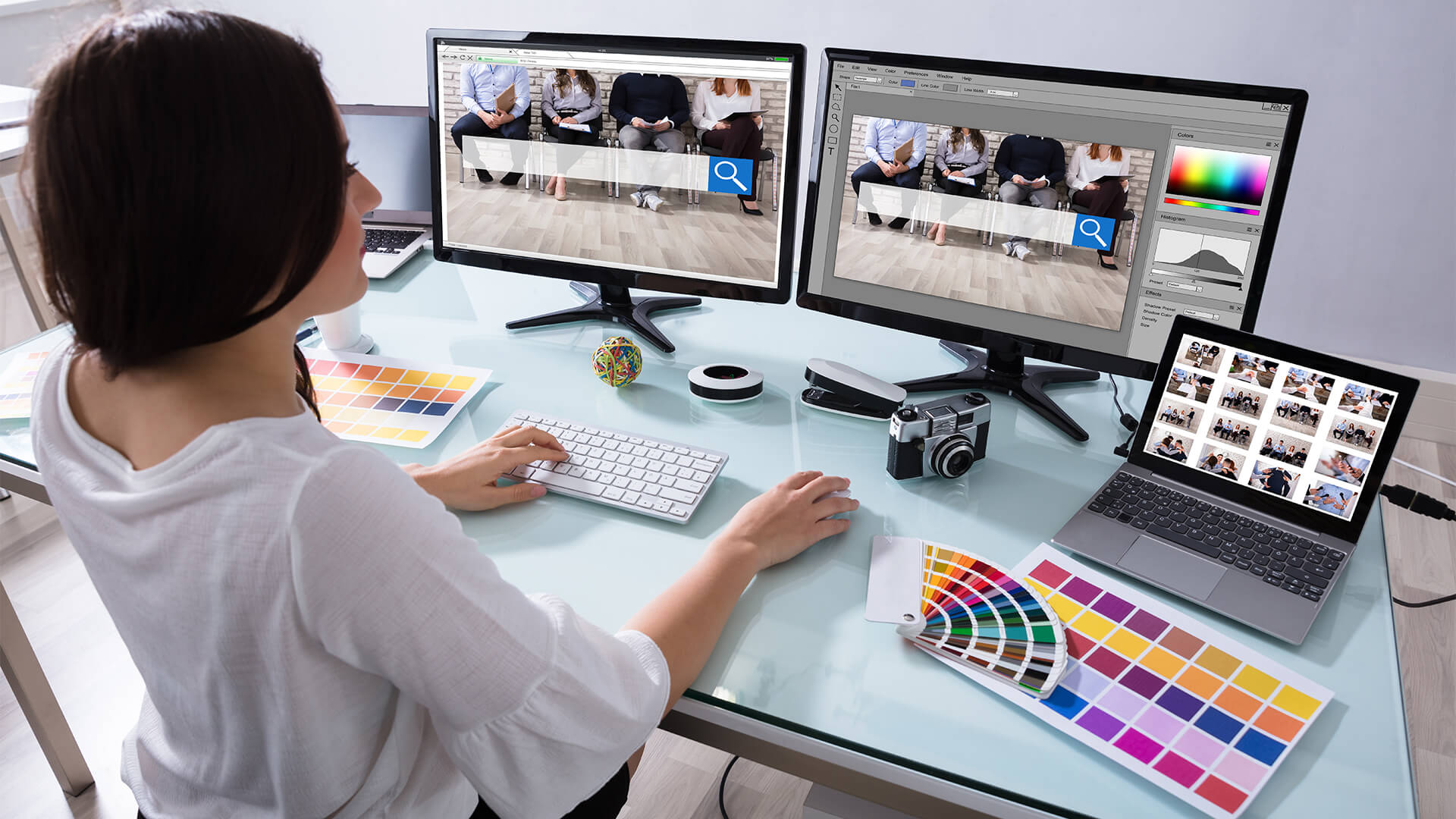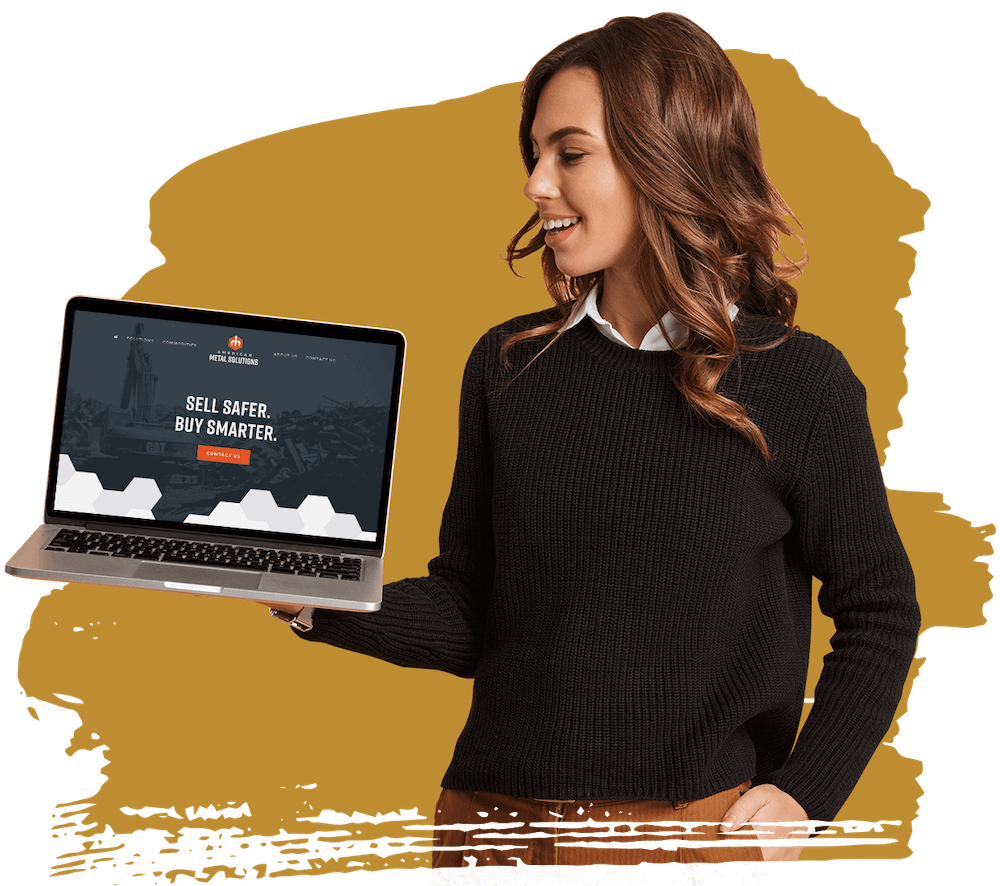Aligned Position Web Design: Delivering High-Quality, User-Friendly Web Designs for Every Industry
Aligned Position Web Design: Delivering High-Quality, User-Friendly Web Designs for Every Industry
Blog Article
The Very Best Kinds of Web Layout to Boost User Experience and Engagement
In the ever-evolving landscape of electronic communication, the effectiveness of Web style dramatically affects individual experience and engagement. Numerous design techniques, such as minimal, receptive, and interactive layouts, each offer special benefits that can provide to varied individual demands.
Minimalist Website Design
As digital landscapes come to be progressively chaotic, minimal Web style has actually emerged as a powerful approach to boosting customer experience. This design philosophy prioritizes simpleness, concentrating on essential elements while removing unnecessary interruptions. By using sufficient white space, simple navigation, and a minimal shade scheme, minimal layout cultivates quality and directs individual interest to essential web content.
The core concept of minimalist website design is to produce a seamless communication for individuals. By reducing cognitive tons, users can quickly comprehend information without really feeling bewildered. This straight approach not just enhances functionality but also motivates involvement, as visitors are more likely to explore a site that is visually appealing and easy to navigate.
Furthermore, minimal layout commonly stresses typography and images, making use of these aspects tactically to share messages properly. In essence, minimal Web style is not simply a pattern; it is a thoughtful technique that acknowledges the significance of user-centered style.
Responsive Web Layout
In today's diverse electronic setting, receptive website design has actually ended up being vital for developing a smooth customer experience across a wide variety of devices. As users accessibility websites on smart devices, tablet computers, laptop computers, and desktops, the capacity of a site to adjust its layout and web content to various display sizes and resolutions is essential.
Responsive website design utilizes adaptable grids, images, and CSS media queries to make sure that Web content is provided optimally, despite the gadget made use of. This approach not only boosts the visual appeal of a site however additionally significantly boosts usability. Users are more probable to engage with a site that uses a constant experience, as it eliminates the aggravation of having to focus or scroll exceedingly.
By taking on responsive design, businesses can boost their presence and reach a wider audience. In summary, receptive Web layout is a fundamental technique that enhances user experience, interaction, and total contentment.
Interactive Web Layout
Responsive website design prepares for enhancing individual experience, but interactive Web design takes this an action further by involving users in a much more vibrant method - Aligned Position Web Design. By integrating elements such as computer animations, clickable prototypes, and real-time feedback, interactive Web design mesmerizes individuals, drawing them into a richer browsing experience
This technique not just cultivates engagement however also urges customers to check out material actively instead of passively eating it. Methods such as gamification, where customers make incentives for completing tasks, can significantly improve the time invested in a website and improve general satisfaction. Furthermore, interactive attributes can simplify intricate information, making it a lot more absorbable and pleasurable.

Including interactive design aspects can also result in higher conversion prices, as users are most likely to involve with a website that proactively includes them. Aligned Position Web Design. Inevitably, interactive website design transforms customer experiences right into unforgettable trips, guaranteeing that site visitors return time after time
Apartment Design
Characterized by its minimalistic approach, level style stresses simpleness and functionality, removing away unnecessary elements and focusing on important functions. This design viewpoint focuses on usability, making certain that customers can navigate user interfaces effortlessly and performance. By utilizing a tidy visual, flat design gets rid of the mess frequently located in more luxuriant styles, thus improving individual concentrate on web content and capability.
The trademark of level layout depends on its use of vibrant shades, simple typography, and geometric forms. These aspects add to a visually enticing user interface that is both friendly and modern. Additionally, level style cultivates a sense of quality, permitting customers to discern important activities and info without interruption.
Moreover, flat layout is specifically effective in responsive Web style, as its simpleness equates well throughout different devices and display sizes. The lack of complex structures and slopes reduces packing times, which is essential for preserving individual involvement. As digital landscapes remain to develop, level design continues to be a relevant selection for producing straightforward web sites that boost overall experience. By concentrating on important attributes, level layout not only satisfies user requirements but additionally urges smooth communication, making it a vital part of reliable Web layout strategies.
Adaptive Web Design
Adaptive Web design tailors the customer experience by developing multiple repaired layouts tailored to different display sizes and tools. Unlike responsive design, which fluidly adjusts a single design, flexible design uses distinct layouts for certain breakpoints, making sure ideal presentation on different systems. This strategy allows developers to concentrate on the unique features of each tool, boosting usability by providing specifically what customers need based on their context.
Among the main advantages of flexible Web design is its capability to maximize load times and efficiency. By offering customized content and images that fit the customer's device, web sites can minimize information use and improve loading speeds. This is specifically beneficial for individuals with slower connections or limited data strategies.

In addition, flexible style facilitates a more regulated and constant branding experience. Since designers develop numerous formats, they can make certain that the visual components align with the brand name's identification across different systems - Aligned Position Web Design. This results in a cohesive user experience, improving interaction and advertising individual retention
Conclusion
Minimalist layout fosters clarity and emphasis, while receptive design ensures versatility across various gadgets, advertising accessibility. Jointly, these layout approaches add to the development of easy to use settings that not just enhance complete satisfaction however likewise drive greater conversion prices, emphasizing their vital significance in modern Web style techniques.

Minimalist style promotes clarity and focus, while responsive style guarantees flexibility throughout numerous tools, advertising ease of access. Jointly, these layout comes close to go to my blog contribute to the development of user-friendly environments that not only boost contentment but also drive higher conversion rates, highlighting their critical relevance in contemporary Web style techniques.
Report this page